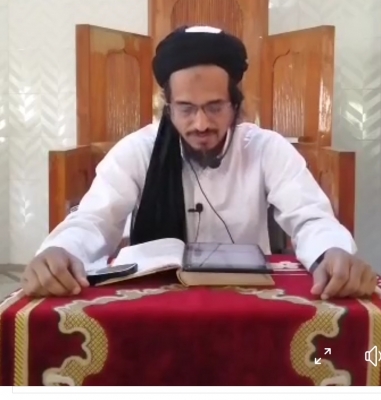Forgotten heroes
Ullaskar suffered immensely after being caught by the British and was sent to the Cellular jail in the intractable Andamans.
Harun also posted converted Muslim’s reciting Quran on his FB page to spread communal message against non-muslims.

The former ducation and cultural secretary of the abolished committee of the militant outfit Hefazat-e-Islam, Harun Izhar, was detained by the Rapid Action Battalion (RAB) early on Thursday from Lalkhan Bazar Madrasa in Chittagong.
Before being detained, the Hefazat leader posted a ‘good bye’ message on his Facebook page at 12.45 a.m. on Thursday.
Harun also posted converted Muslim’s reciting Quran on his FB page to spread communal message against non-muslims.
Advertisement
In November 2009, Harun was arrested for allegedly planning an attack on the US embassy in Dhaka along with two other suspects. The other two, who were arrested in the US, had provided the information about Harun. They also said that they were planning attacks on various locations in different countries including a newspaper’s office in Denmark.
Harun is the son of Mufti Izharul, who was trained by the bodyguard of Osama Bin Laden in Afghanistan. Mufti Izhar was then the chief of the militant alliance Islami Oikya Jote and Bangladesh Nationalist Party (BNP).
The two others who were arrested then were linked to Pakistan-based terror outfit Lashkar-e-Taiba.
Meanwhile, The organisation he is part of, Hefazat-e-Islam, is said to to have plans to to turn Bangladesh into a Taliban state like Afghanistan, according to arrested leaders of the militant outfit.
A top detective official said that Hefajat leaders had formed an organisation called ‘Rabetatul Waizin Bangladesh’ with leaders from across the country.
They used to control ‘Waz Mahfils’ (spreading militancy in the name of preaching Islam) by forcing organisers from Pakistan to invite their militant leaders as speakers in them.
A group of Hefazat leaders are involved in propagating extremism and the police are trying to identify them by scrutinising video footages.
(Wit IANS inputs)
Advertisement